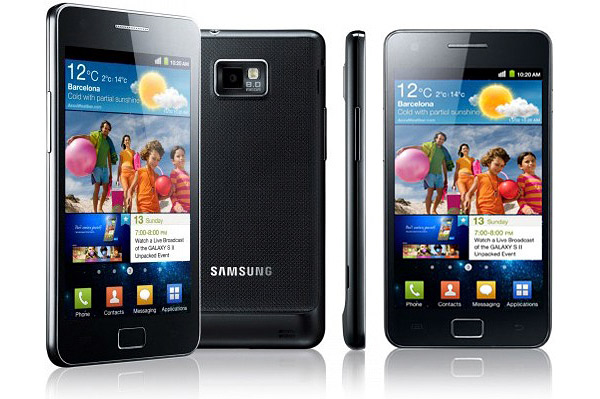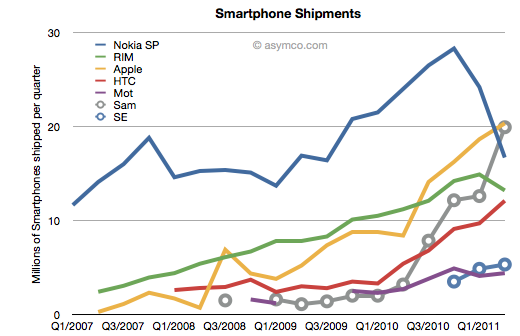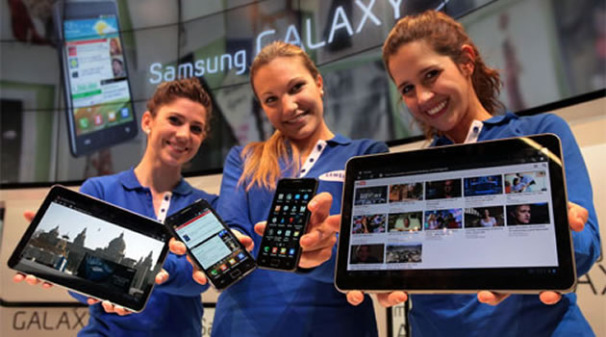Samsung closing 20M units gap between Nokia to become #1 phone maker in H2 as Android reaches 50+ percent penetration


If you deemed the nearly 20 million smartphones Samsung shipped in the June quarter an impressive figure, brace yourself for even more extraordinary achievement in the second half of 2011 as DigiTimes reports that Samsung “has placed orders for 30 million touch sensors used to make four-inch AMOLED screens”. Suppliers Chunghwa Picture Tubes and others are said to be the prime beneficiaries of Samsung’s booming smartphone business. Of course, Samsung sources touch sensors from other suppliers so their final order may well exceed the quoted figure. As evident in the below chart from Asymco’s Horace Dediu, the Korean company’s been growing at an exponential rate, eclipsing Apple’s 142 percent annual growth in iPhone shipments.
The company, however, all but displaced Apple, which just toppled Nokia to become the world’s leading smartphone vendor. Being the leading Android backer, Samsung’s success has helped the Google operating system reach more than 50 percent platform share of all smartphones, more than double the iOS share of 19 percent, per latest Canalys survey. That said, it’s entirely plausible that this year Samsung could overtake Apple and become both the world’s leading smartphone vendor, while Apple remains the industry’s leading player in terms of revenues and profit. Also notable, a gap between Samsung and market leader Nokia is narrowing fast…

